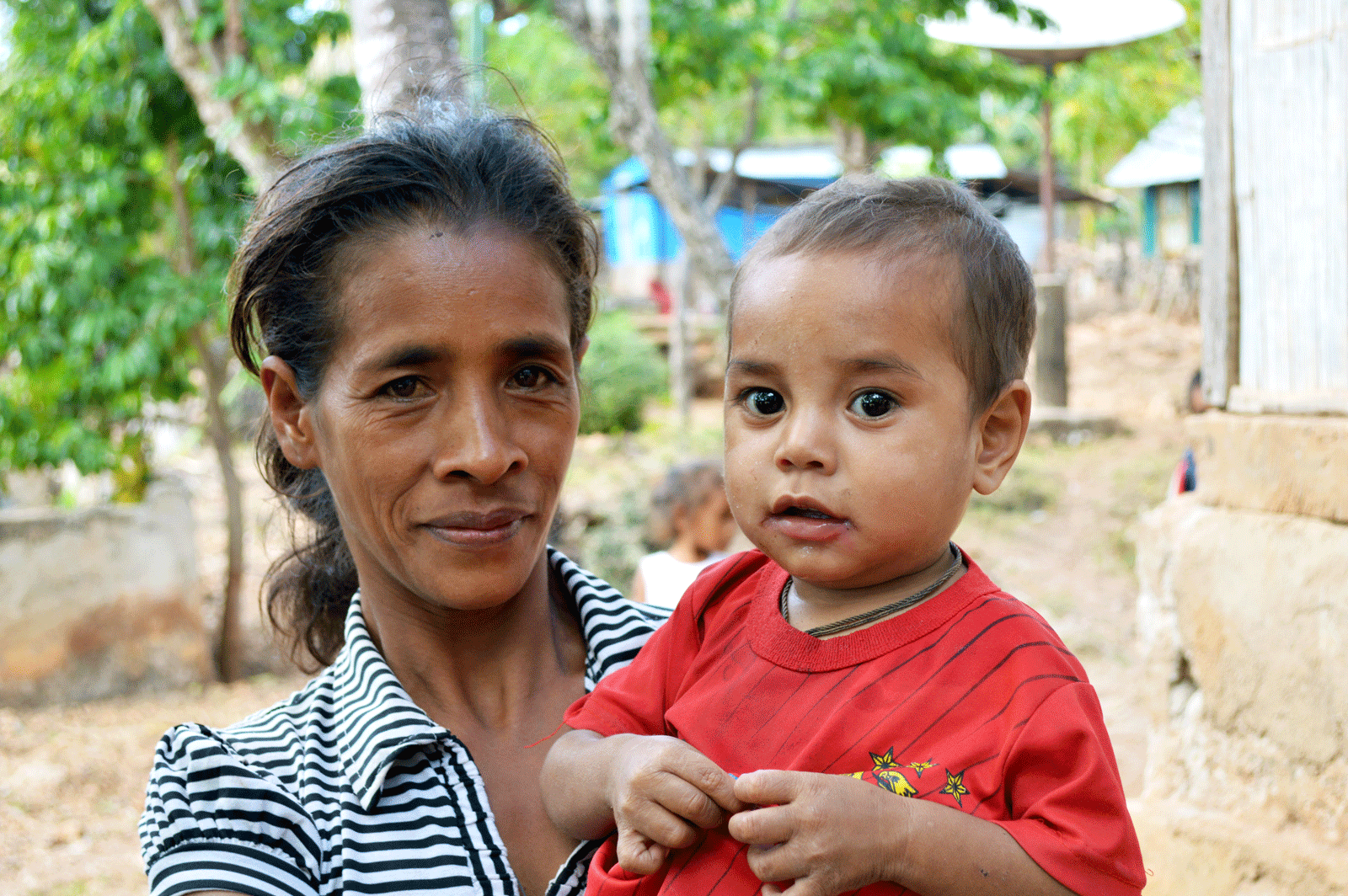A battle against hunger and child malnutrition in Timor-Leste
29 October 2019
•By Rita


Joseta only has a meal once a day, usually porridge made with rice and water. If they are available she will add papaya leaves, taro or cassava. It was especially difficult when she was pregnant with her youngest child, Graciano.
“I felt hungry all the time,” Joseta says. “I was eating sosoro (rice porridge), corn, cassava leaves, papaya leaves and a bit of fruit. I rarely ate any meat.” Today, Graciano is 21 months old but not much has changed for the mother of four, who lives in a remote village in Timor-Leste, where many families are struggling to access enough food to feed their families.
After her husband died, Joseta moved into a home with her children and her mother, and three other families. Together, five adults and eight children share four tiny rooms in a makeshift shack made of wood and corrugated iron sheets. Joseta stays at home to care for her children and her only income comes from her mother Elisa, who is also a widow and makes a living by growing and selling cassava, papaya, taro and corn. Poverty and a lack of nutritious food has been detrimental to the health of the family, particularly to Joseta’s youngest child Graciano.
While Joseta did not have much to eat while she was pregnant, Graciano was born at a healthy weight of about 3kg. She breastfed her baby boy for two months before moving him on to plain rice porridge.
“I had a lot of milk, but I stopped breastfeeding Graciano because he kept crying,” Joseta says.
